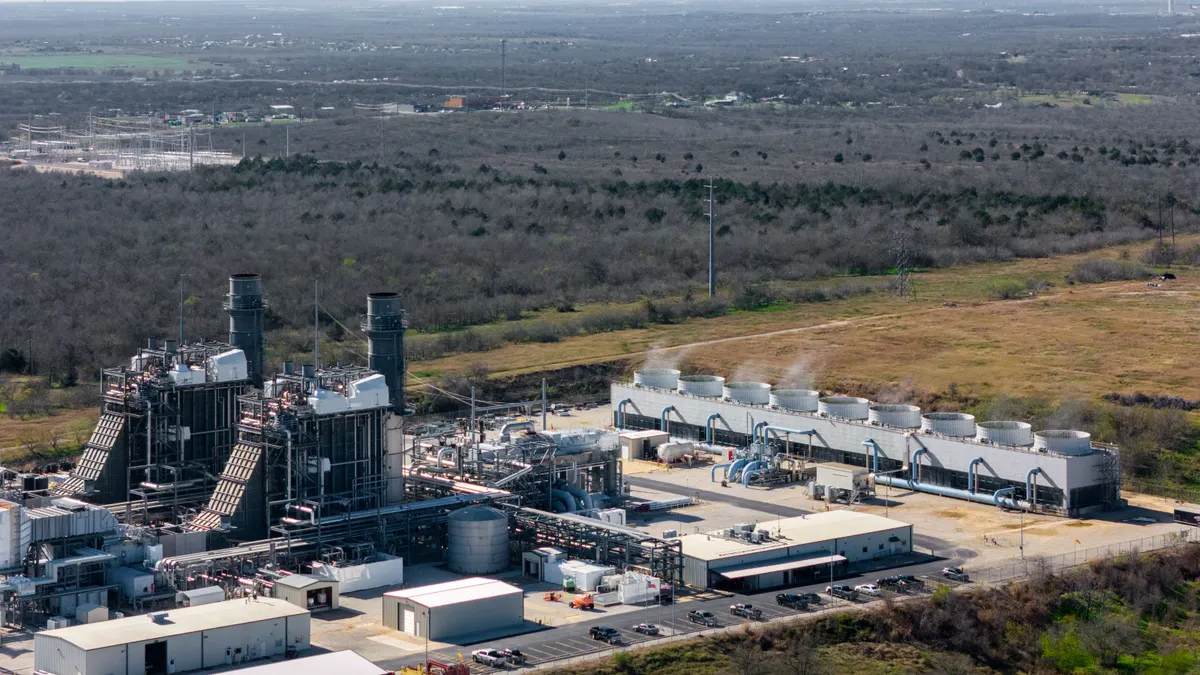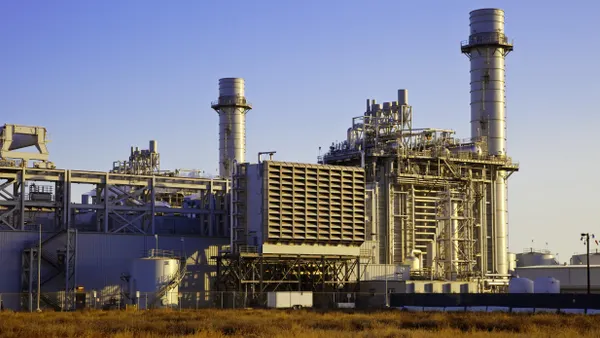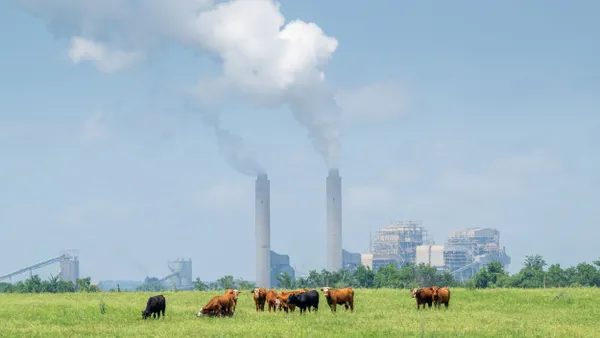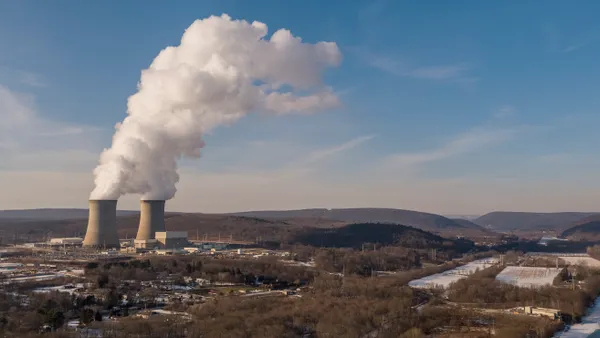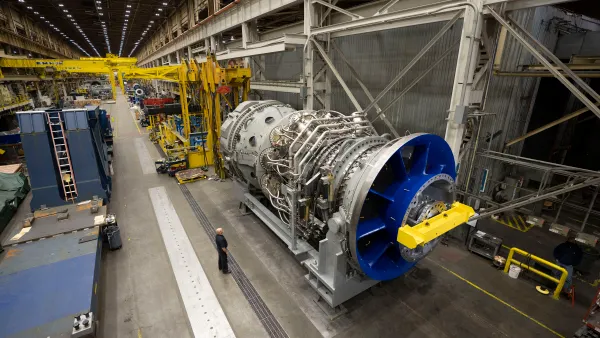Dive Summary:
- The record-breaking drought shrinking the Colorado River and regional lakes has put the Hoover Dam hydroelectric plant—situated on the border between Arizona and Nevada—in jeopardy. Lake Mead, nestled behind the Hoover Dam, is forecast to drop 2.4 meters, and the U.S. Bureau of Reclamation plans to release less water from the declining Lake Powell, which feeds Lake Mead.
- Five wide-head turbines have been installed at Hoover Dam to keep it running with less water. But Hoover Dam's power capacity dropped to 1,735 megawatts (MW) in late August, down from its total capacity of 2,074 MW. The culprit? Lake Mead's water elevation fell to 337 meters above sea level, a far decline from its historic average of 358 meters. Power production has dipped at many plants on the Colorado River, such as the Glen Canyon Dam, projected to churn out 8% less power in 2013 due to shrinking water.
- “This is the most extreme drought since measurements began in the early 1900s,” says Jack Schmidt, a professor of watershed sciences at Utah State University and current chief of the U.S. Geological Survey’s Grand Canyon Monitoring and Research Center.
From the article:
... "On the Colorado River, there is a total hydropwer generating capacity of 4178 MW, but many of the plants are already operating below their measured capacities because of the drought." ...





